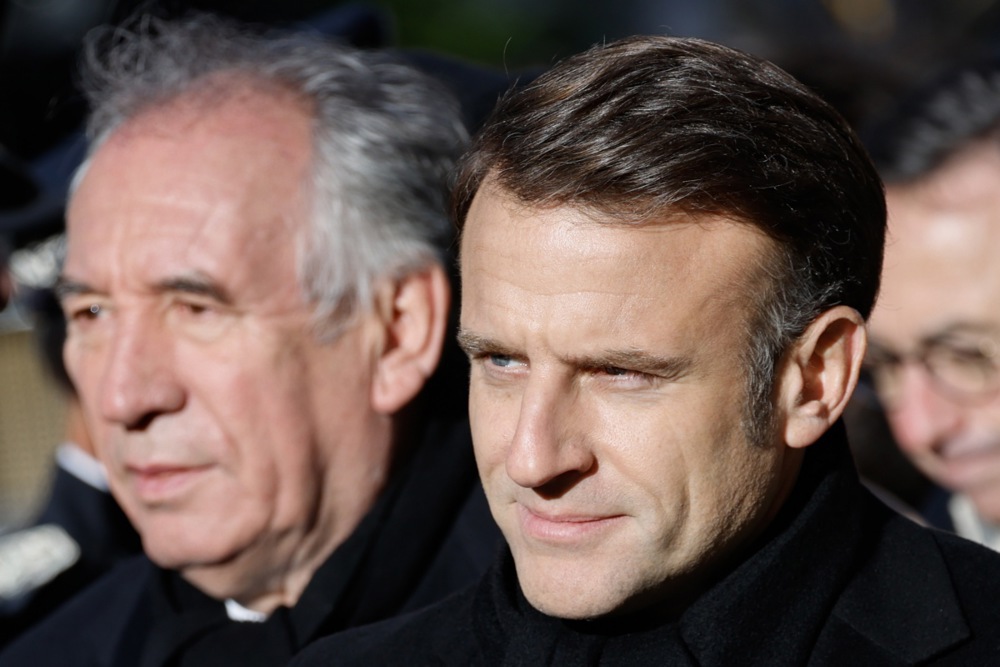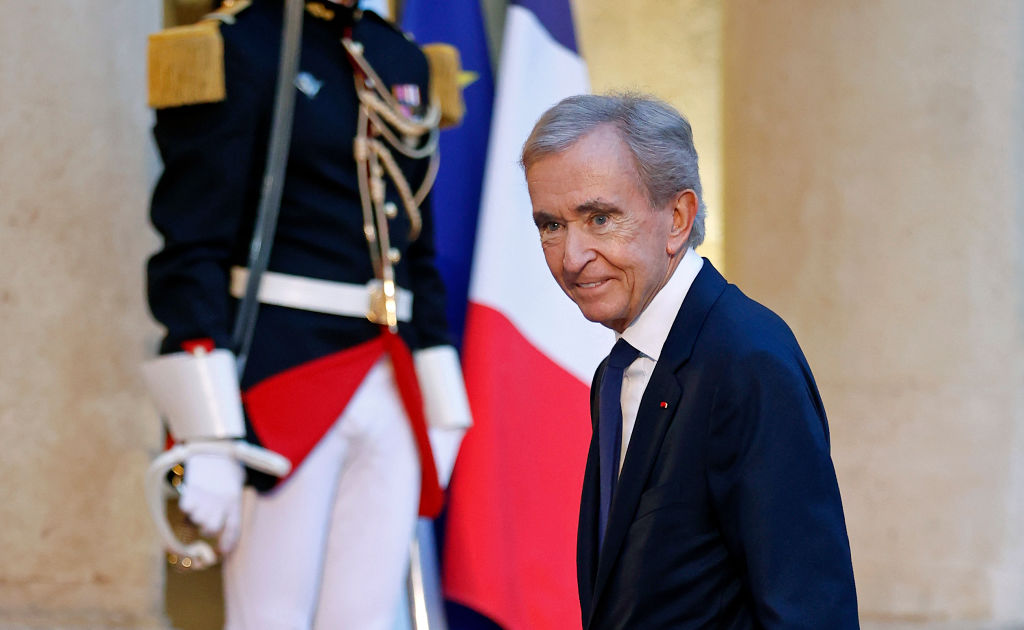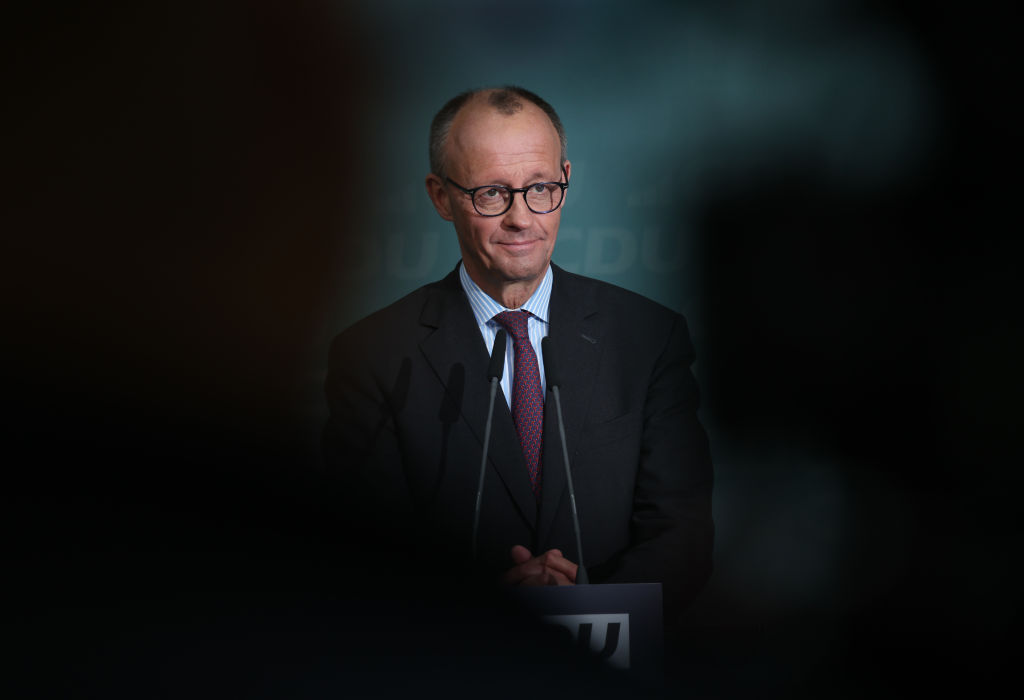For the first time in two decades, Italy was now able to secure cheaper loans than France.
This was said to reflect investor confidence in Italian Prime Minister Giorgia Meloni’s government policies and mistrust in those of French President Emmanel Macron.
French five-year government bond yields have risen above their Italian counterparts, signalling a notable shift in investor sentiment within the eurozone bond market.
On July 4, French OATs (Obligations Assimilables du Trésor) closed at 2.67 per cent, slightly above the 2.65 per cent yield on Italy’s BTPs (Buoni del Tesoro Poliennali).
Ten-year rates remained in favour of France, 3.27 per cent against 3.47 per cent for Italy but the difference has not been so low since 2007.
Although the difference was minimal, it was symbolically significant as the last such inversion occurred in 2005.
The spread between French and Italian yields has been narrowing steadily, with the current 10-year spread at just 17 basis points — the smallest gap since 2007.
As recently as 2021, the difference stood at more than 200 basis points in favour of France. Investors were now speculating that a similar reversal could soon happen in the 10-year segment.
France has enjoyed a lower inflation rate than Italy, at 0.9 per cent versus about 1.7 per, but both were now well below the eurozone target of 2 per cent.
The fact that Italian bond yields were now lower than France’s for certain maturities was not so much a reflection of deteriorating conditions in France, BNP Paribas chief economist Koen De Leus told Brussels Signal, as it was a sign that Italy was finally being rewarded for improving fundamentals.
“Italy has long struggled with very high public debt, weak potential growth, poor demographics, and low productivity. While many of those issues persist, recent developments have shifted investor sentiment,” De Leus said on July 7.
He noted that Rome was now running a primary budget surplus, a key step toward making its debt more sustainable.
Although the overall deficit remained high, in part due to interest repayments linked to the European Union’s recovery fund, that was expected to unwind over the coming years.
Crucially, those support programmes have helped push employment above pre-pandemic levels, translating into stronger tax revenues and reduced welfare spending.
As a result, all major credit rating agencies — including Moody’s, Fitch and DBRS — now had a positive outlook on Italy. That marked a major turnaround for a country long seen as the eurozone’s most vulnerable big economy.
By contrast, France was now facing a period of stagnation, De Leus said.
“The government is having trouble passing its budget, and the deficit, while down slightly, remains well above sustainable levels.
“That decline is largely thanks to higher corporate tax receipts and some savings at the central government level. The structural issues, however, haven’t been addressed,” De Leus said.
“Even after raising the retirement age from 62 to 64, the pension system is still expected to run a deficit by 2035. Health care costs and other public spending continue to rise, with little political will to rein them in.”
According to the chief economist, reforms were politically explosive in France.
“Every time you try to adjust the system, people take to the streets,” De Leus said.
“That undermines investor confidence and adds to the perception that France is struggling to manage its finances.”
While France’s fundamentals have not collapsed, Italy was now being rewarded for progress, something that would have seemed unlikely just a few years ago.
The market dynamic between the two was shifting, as reflected in bond prices. De Leus noted that France was now under pressure from credit rating agencies, with some outlooks recently revised down.
He did add that the bigger picture applied across EU economies. “It’s becoming harder for governments to reduce debt,” he said, pointing to rising fiscal demand for defence spending, climate investments, ageing populations and calls for deeper EU integration.
“In that context, Italy’s recent improvement may be the exception rather than the new rule,” De Leus concluded.
Hans Dewachter, chief economist of KBC in Belgium and professor in macro economics at the University of Leuven, was less enthusiastic about the numbers.
According to Dewachter, the yield reversal on the five year bonds was temporarily and technical.
“While Italian yields are rising less rapidly than French yields, they remain higher over the 10-year period.”
He said this reflected a more stable political and economic situation. However, Dewachter told Brussels Signal he assumes that Italian yields would continue to stay above French yields due to underlying economic fundamentals.
Christoph Rieger, head of interest rate and credit research at Commerzbank, told Bloomberg it was likely only a matter of time before France’s 10-year yields converged with, or exceeded, Italy’s.
He attributed that to “challenging fundamentals and political uncertainty” in France.
France’s economic outlook has been marked by sluggish growth, rising public debt, now at 114 per cent of GDP, and persistent budget deficits.
Politically, Macron governs without a parliamentary majority, hampering his ability to pass key reforms.
The snap elections of 2024 resulted in a fragmented National Assembly and have left the country in a prolonged state of political gridlock.
The euro fell broadly, while French bonds and stocks were hit hard on June 10 following French President Emmanuel Macron’s decision to call a snap parliamentary election. https://t.co/nOf1HOGcjS
— Brussels Signal (@brusselssignal) June 10, 2024
Michel Barnier was appointed as Prime Minister in late 2024 to address the issue but his premiership was short-lived after he failed to pass a budget.
His successor, François Bayrou, now faced the urgent task of identifying €40 billion in savings, a process still unresolved.
The uncertainty has unsettled markets, with speculation that Macron could again dissolve parliament adding further risk.
At present, only Latvia borrowed at higher rates within the eurozone.
Italy, long seen as the eurozone’s most vulnerable large economy, has experienced a reversal in investor perception.
Meloni has maintained fiscal discipline while fostering a co-operative relationship with Brussels, in contrast to early fears of populist disruption.
Italy’s public debt remained high at more than 135 per cent of GDP but appeared stable. The country returned to a primary surplus in 2025, and the European Central Bank’s Transmission Protection Instrument (TPI), which supported countries facing unjustified market pressure, has further reassured investors.
Unlike France, Italy benefited from a clear parliamentary majority, adding to perceptions of political and fiscal stability.
As a result, Italian bonds were no longer seen as requiring a high-risk premium, while French bonds, traditionally viewed as a safe haven, were now being reassessed.
Analysts suggested that inversion in yields may mark a broader rebalancing in eurozone credit risk perceptions, where traditional North-South divisions were becoming less pronounced.
Even countries such as Poland, once seen as peripheral economies, were now displaying strong fiscal and economic performance, further challenging old regional stereotypes within the bloc, analysts said.





